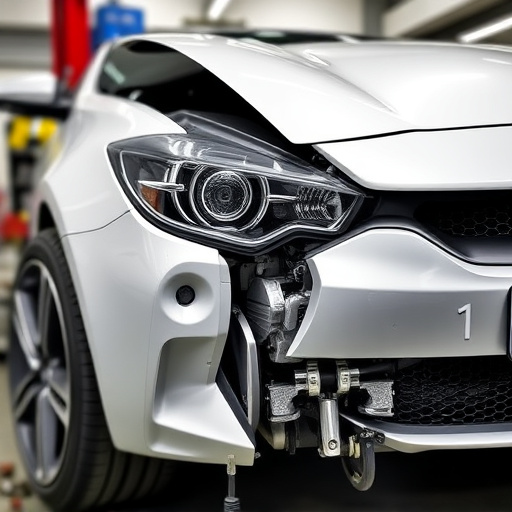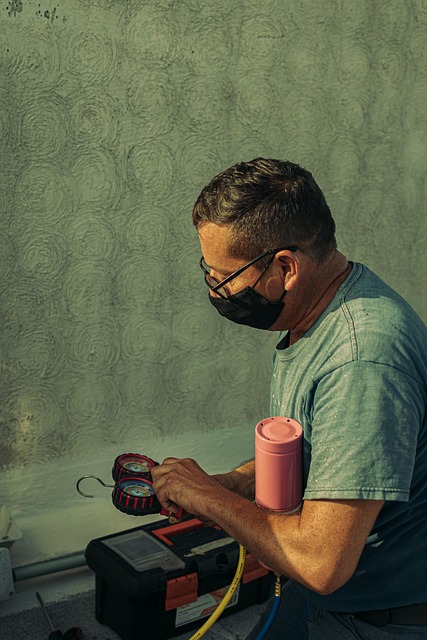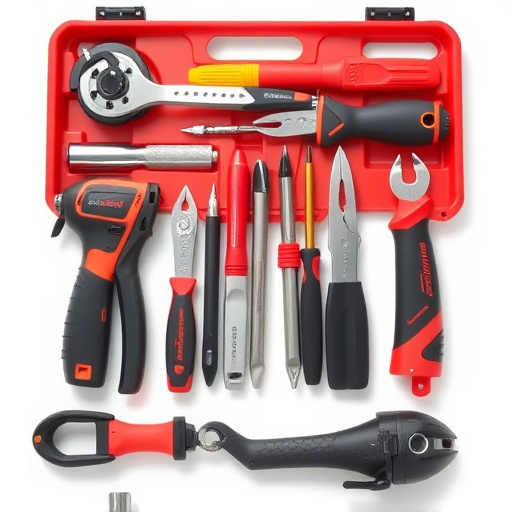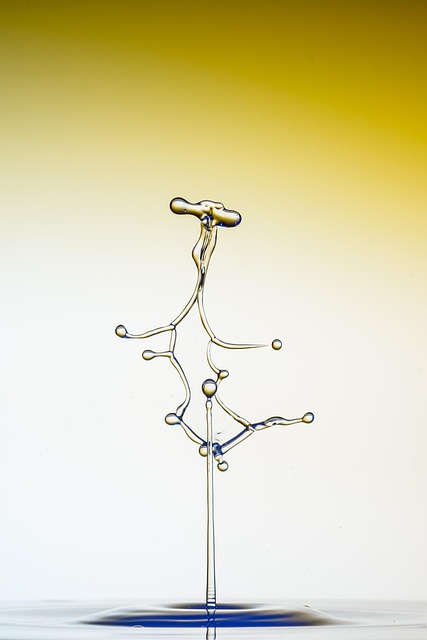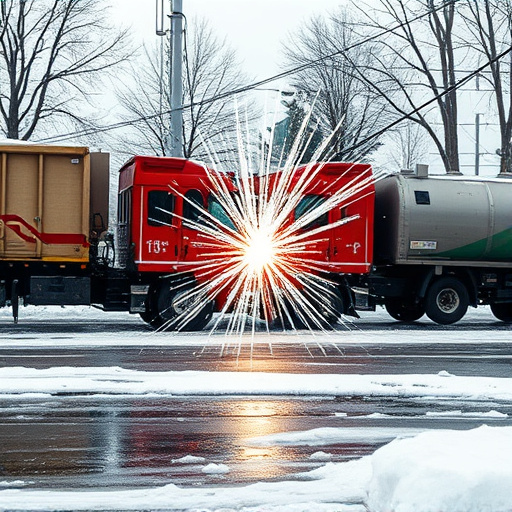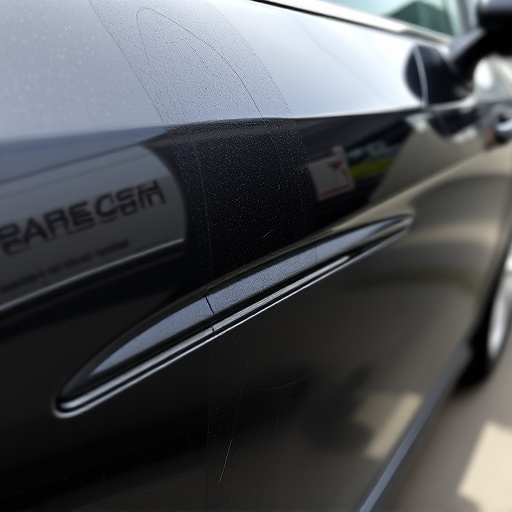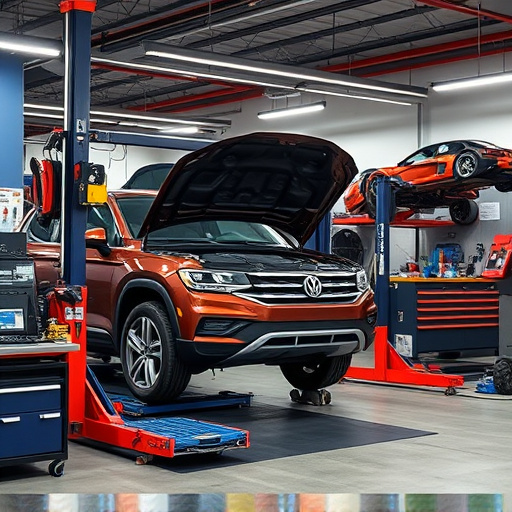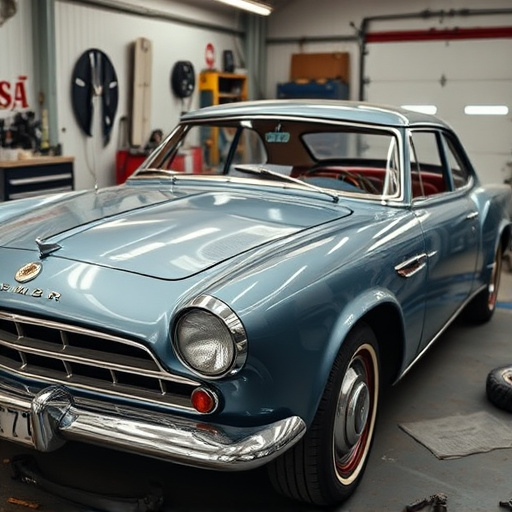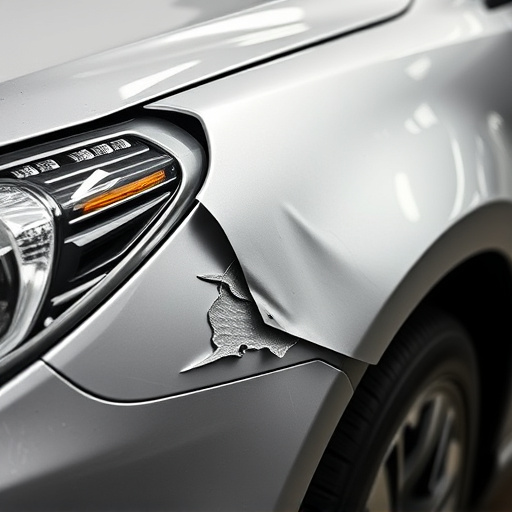Plastic welding technology is a specialized process for fusing plastic parts, creating strong bonds crucial for auto body restoration and DIY repairs. It involves understanding various plastic types, their reactions to heat and pressure, and mastering equipment like welding guns and heat sources. Safety precautions include protective gear and ventilation. Starting with simple projects, one can progress to complex tasks like car body restoration. Techniques like ultrasonic welding and hot gas welding offer precision and efficiency for diverse applications across industries, ensuring durable bonds that preserve aesthetics and product longevity.
“Dive into the fascinating world of plastic welding technology—a game-changer in manufacturing, automotive, and medical industries. This comprehensive guide is tailored for complete beginners, offering a step-by-step journey from understanding the basics to mastering advanced techniques. From exploring the fundamentals of polymer science to equipping you with essential safety knowledge, this article empowers you to navigate plastic welding like a pro. Get ready to revolutionize your projects with this powerful technology.”
- Understanding Plastic Welding Technology: The Basics
- Getting Started with Tools and Safety Precautions
- Techniques and Applications for Effective Plastic Welding
Understanding Plastic Welding Technology: The Basics
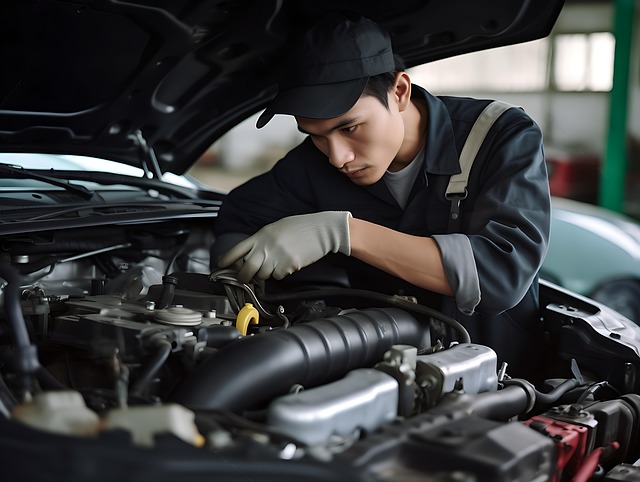
Plastic welding technology is a specialized process that involves fusing two or more plastic parts together to create a strong, durable bond. Unlike traditional metal welding, which uses heat to melt and fuse metals, plastic welding relies on various techniques to overcome the unique properties of polymer materials. The key to successful plastic welding lies in understanding the different types of plastics, their chemical compositions, and how they react to heat and pressure.
In a collision repair shop or car body shop setting, plastic welding is often employed for auto body restoration, where damaged plastic components need to be repaired or replaced. This technology allows technicians to precisely mend cracked or broken parts, ensuring structural integrity and aesthetic appeal. By mastering the fundamentals of plastic welding, from choosing the right equipment to selecting suitable weld methods and materials, both hobbyists and professionals can achieve high-quality results in their projects, whether it’s a DIY repair or a comprehensive auto body restoration.
Getting Started with Tools and Safety Precautions
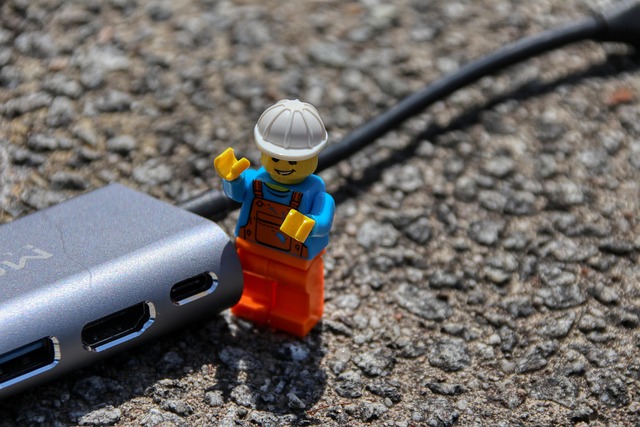
Dive into the world of plastic welding technology with a clear understanding of the essential tools and safety precautions. Before you begin any project, be prepared with the right equipment such as welding guns, heat sources (like torches or hot air guns), and various types of plastic welding rods. Safety is paramount in plastic welding; always wear protective gear including gloves, goggles, and a respirator to shield against harmful fumes. Ensure adequate ventilation in your workspace to prevent the accumulation of toxic gases from the welding process.
For beginners, starting with simple projects like car dent repair or tire services can be a great way to familiarize yourself with the techniques involved in plastic welding technology. As you gain confidence and proficiency, you can progress to more complex tasks such as car body restoration, expanding your skills and opening up new possibilities within this dynamic field.
Techniques and Applications for Effective Plastic Welding
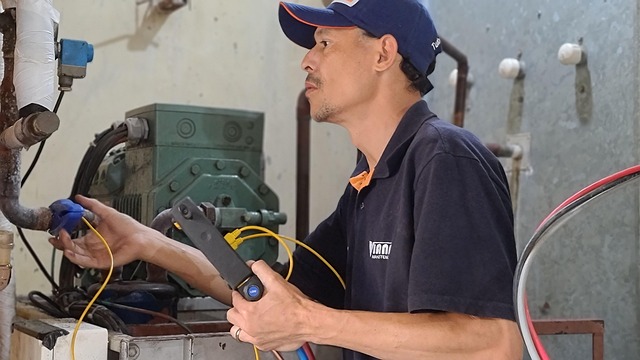
Plastic welding technology involves a range of techniques tailored to different materials and applications. One common approach is ultrasonic welding, which uses high-frequency vibrations to melt and fuse thermoplastic parts together. This method is widely used in manufacturing for its precision and efficiency, especially in creating complex geometric joints. Another key technique is hot gas welding, where a heated gas torch melts the surfaces of the plastics, allowing them to bond. This is particularly effective for larger components and those requiring stronger bonds.
In the realm of automotive collision repair and car bodywork services, plastic welding plays a significant role in restoring vehicles to their original condition. For instance, it’s used to fix car scratches or damage to plastic panels. The versatility of plastic welding technology makes it indispensable in various industries, from manufacturing to automotive maintenance. Whether for intricate parts or large-scale repairs, these techniques ensure durable bonds, enhancing the longevity and aesthetics of products and vehicles alike.
Plastic welding technology is a versatile skill that opens doors to countless applications across industries. By mastering the basics, understanding safety protocols, and exploring various techniques, beginners can unlock the potential of this powerful process. This guide serves as a reliable starting point, empowering readers with the knowledge needed to navigate the exciting world of plastic welding and its diverse uses.

